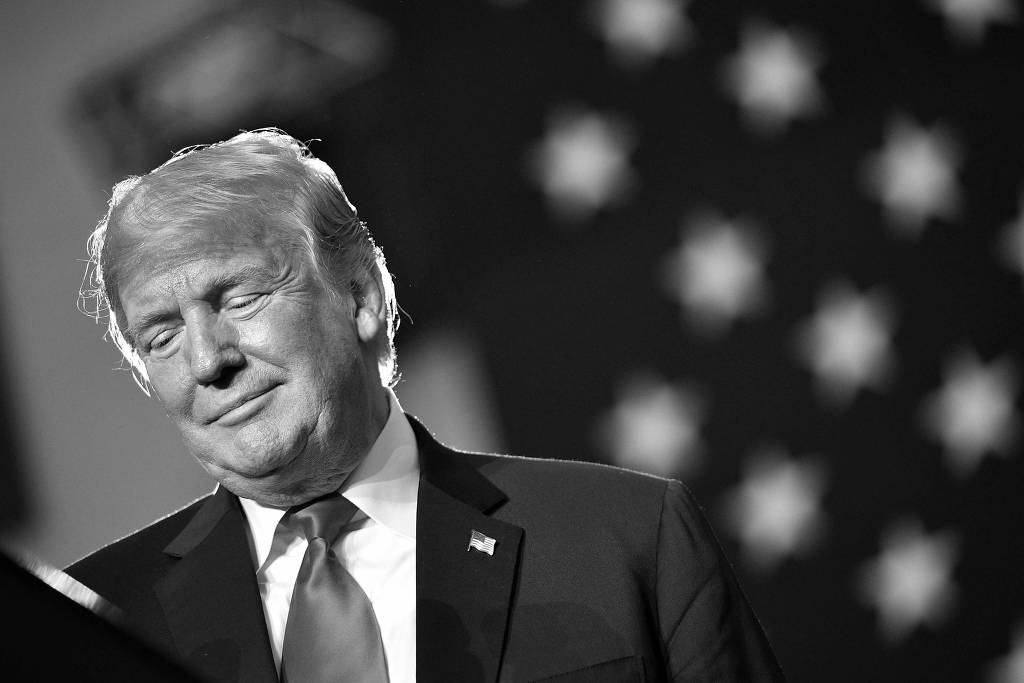
The president of Iran would not appear in any photograph with Trump to bargain for concessions.
It is likely that no other public administration field reflects Donald Trump’s style more clearly than his foreign policy. The search for fast, concrete results with little time for negotiation has been America’s standard of diplomacy. The current attempt to impose such a strategy on Iran may make explicit its limits.
The American president appears to be obstinately determined to dismantle Iran’s nuclear weapons program, because he does not believe it is used solely for peaceful purposes.
In this effort, in May, Trump abandoned the deal with Tehran signed by Barack Obama and other world leaders. On Tuesday, Aug. 7, the White House re-established economic sanctions, such as barring the Iranian government from purchasing or acquiring U.S. dollars.
One week earlier, however, Trump claimed he was willing to meet President Hasan Rouhani with “no preconditions.” He talked about “believing in meetings,” referring to his meetings with leaders like Kim Jong Un of North Korea and Vladimir Putin of Russia.
To the Republican president, straightforward conversations with his counterparts can have immediate impact, dispensing with prior intermediation from the diplomatic corps.
In Kim and Putin’s case, both leaders were interested in appearing by Trump’s side, since the event provided them with an image of being above isolation, an image they are subject to, although on different levels.
However, the circumstances regarding Iran are very different. Although the financial sanctions will further damage the local economy, Rouhani would not appear in a photograph with Trump to bargain for concessions.
It is worth remembering that the other leaders that took part in the nuclear deal have promised to maintain it, as well as sustain business relations with the theocratic government — China, for example, is Iran’s top oil buyer — which is a setback in America’s plan to pressure Iran.
Add that to the historical suspicion Tehran has of the United States, which goes back to the CIA-sponsored takedown of nationalist Mohamad Mossadegh in 1953. The episode helped to intensify anti-Western sentiment that would culminate in the 1979 Iranian Revolution.
Containing Iran will demand that Trump show a level of patience and power to articulate that, at least so far, he has not displayed.

Leave a Reply
You must be logged in to post a comment.